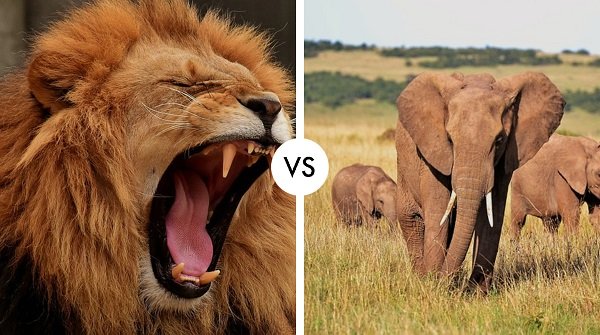Location and Habitat
The sand grouse is a bird well adapted to the arid desert environments found across various parts of Africa, the Middle East, and Central Asia. These birds are particularly noted for their remarkable ability to absorb water into their plumage, allowing them to transport it over long distances to their chicks. Their habitat typically consists of dry, open plains and semi-deserts, where they blend seamlessly into the sandy landscape thanks to their cryptic plumage.
On the other hand, the desert monitor, a robust species of lizard, thrives in similarly harsh environments but is more commonly found in North Africa and Central and South Asia. This reptile favors arid habitats such as deserts and dry rocky areas, where it can often be seen basking in the sun on rocks or burrowing into cooler sand to regulate its body temperature. The desert monitor is a versatile predator, feeding on a variety of arthropods, small mammals, and birds, making it a formidable presence in its rugged habitat.
Sand Grouse vs. Desert Monitor Comparison
| Animal | Size and Weight | Ability to Finish Opponent | Weaponry |
|---|---|---|---|
| Sand Grouse | Small, typically around 250-500 grams | Low; primarily avoids conflict | Beak, rapid flight |
| Desert Monitor | Medium, can reach up to 20 kg and 1-2 meters in length | High; predatory and can be aggressive | Sharp claws, strong jaws, muscular tail |
“`
Hunting and Skills
Sand grouse are primarily seed eaters, but they also consume small insects, especially during the breeding season to provide protein to their young. They are not predators and do not hunt other animals; instead, they are adapted to finding food like seeds and vegetation in arid environments. Their main defense against predators includes excellent camouflage and the ability to fly swiftly to escape threats.
Desert monitors, on the other hand, are carnivorous and have a varied diet that includes insects, small mammals, birds, eggs, and carrion. They are skilled hunters, using their keen sense of smell to track down prey before overpowering it with their strong jaws and sharp claws. Desert monitors can also defend themselves effectively with their muscular tails, sharp claws, and powerful bites when threatened.
Sand Grouse vs. Desert Monitor Who Would Win?
The desert monitor, being a larger and more aggressive predator, would likely dominate the encounter. The sand grouse, primarily a ground-dwelling bird, would attempt to escape by flying or running. However, the desert monitor’s superior size, strength, and predatory skills would give it a significant advantage. The monitor might use its speed and stealth to ambush the grouse. If caught, the grouse would stand little chance against the monitor’s powerful bite and claws.
Winner: Desert Monitor with an 85% chance of winning.




